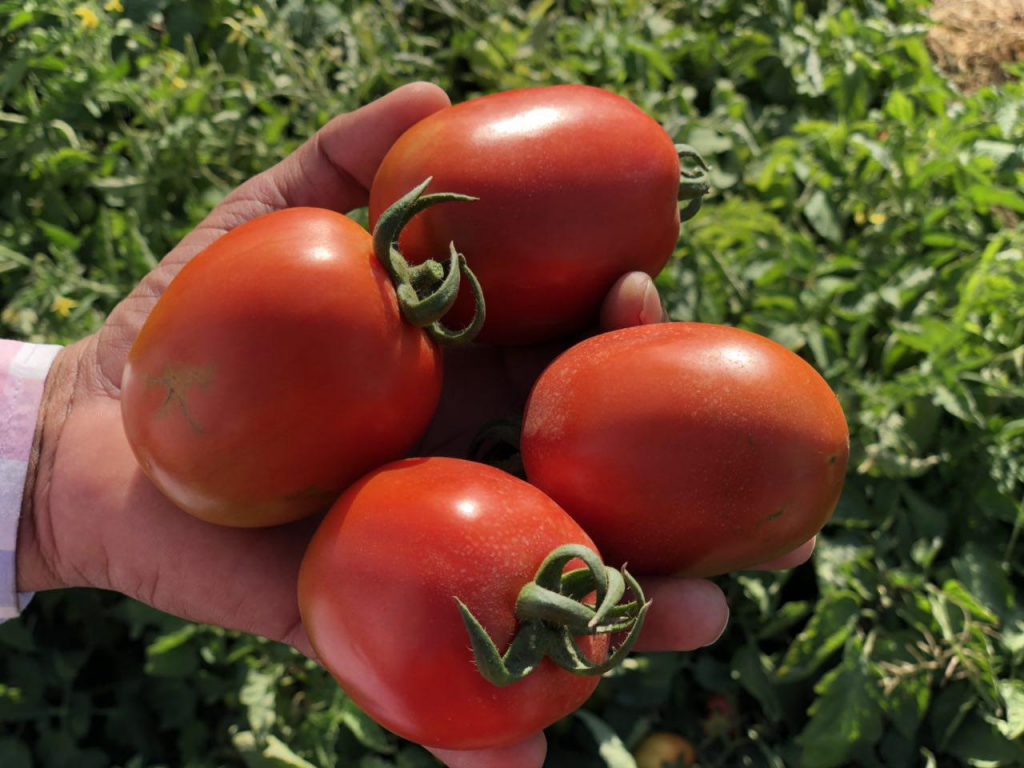Depleted soil fertility and high-yielding cultivars have been associated with low nutrient contents in vegetables. This study explored if elemental nutrient concentrations in tomato (Lycopersicon esculentum Mill.) can be increased through selection of cultivars and nutritional regimes. Cultivars with different phenotypes of heirloom and modern origins were studied in field experiments in two years. Chemical fertilizer (10-10-10), compost, and an organic fertility regime of soybean meal, bone meal, and potassium sulfate were assessed for their effects on growth and composition of fruits of the cultivars. Differences in nutrient concentrations between modern or heirloom cultivars or among fertility treatments were small or non-significant. Differences among individual cultivars for each element were large with some cultivars having nearly twice the concentrations of nutrients of others and with considerable uniformity in cultivar rankings among the elements. This work suggests that cultivars can be selected for production of nutrient-dense tomatoes.

